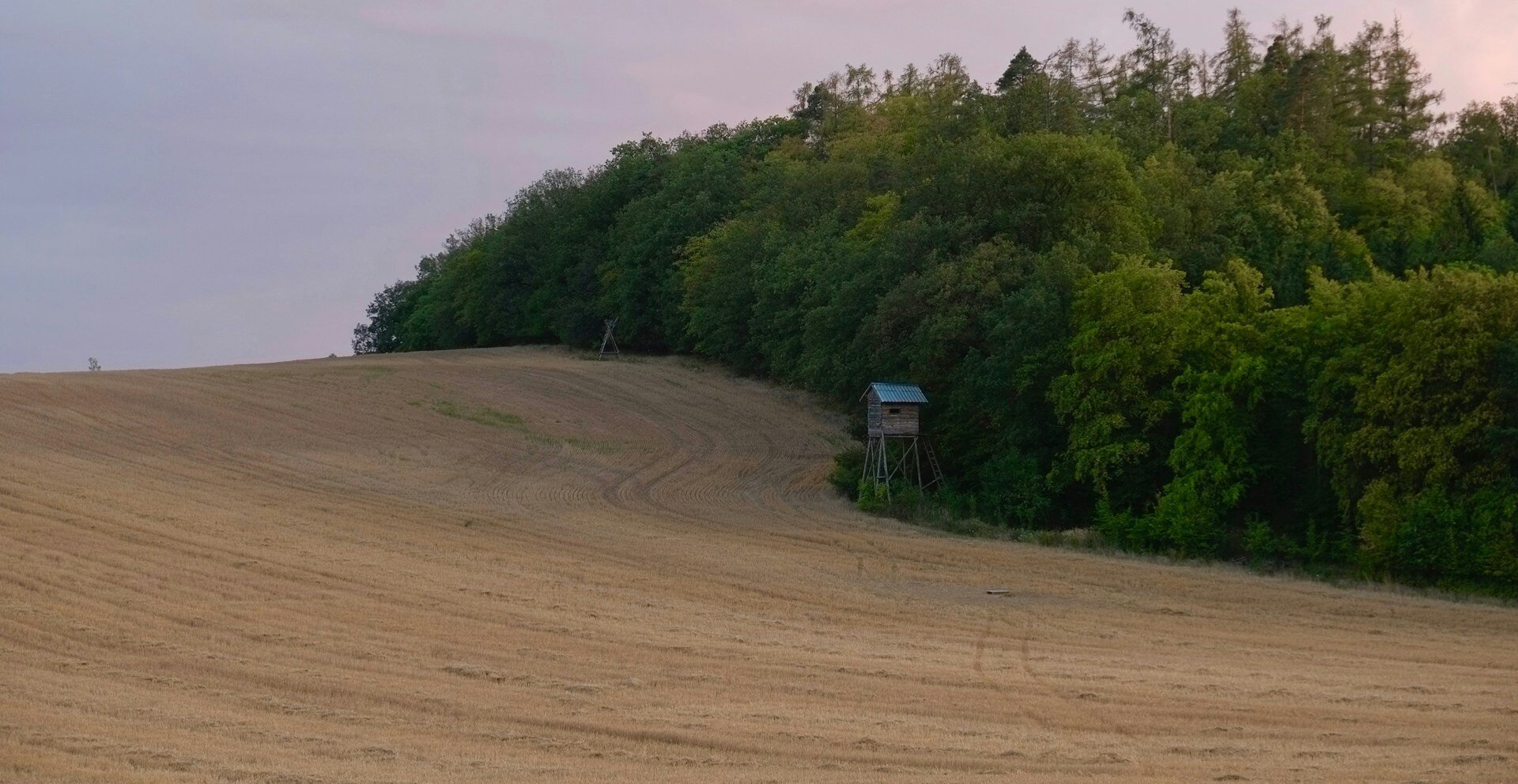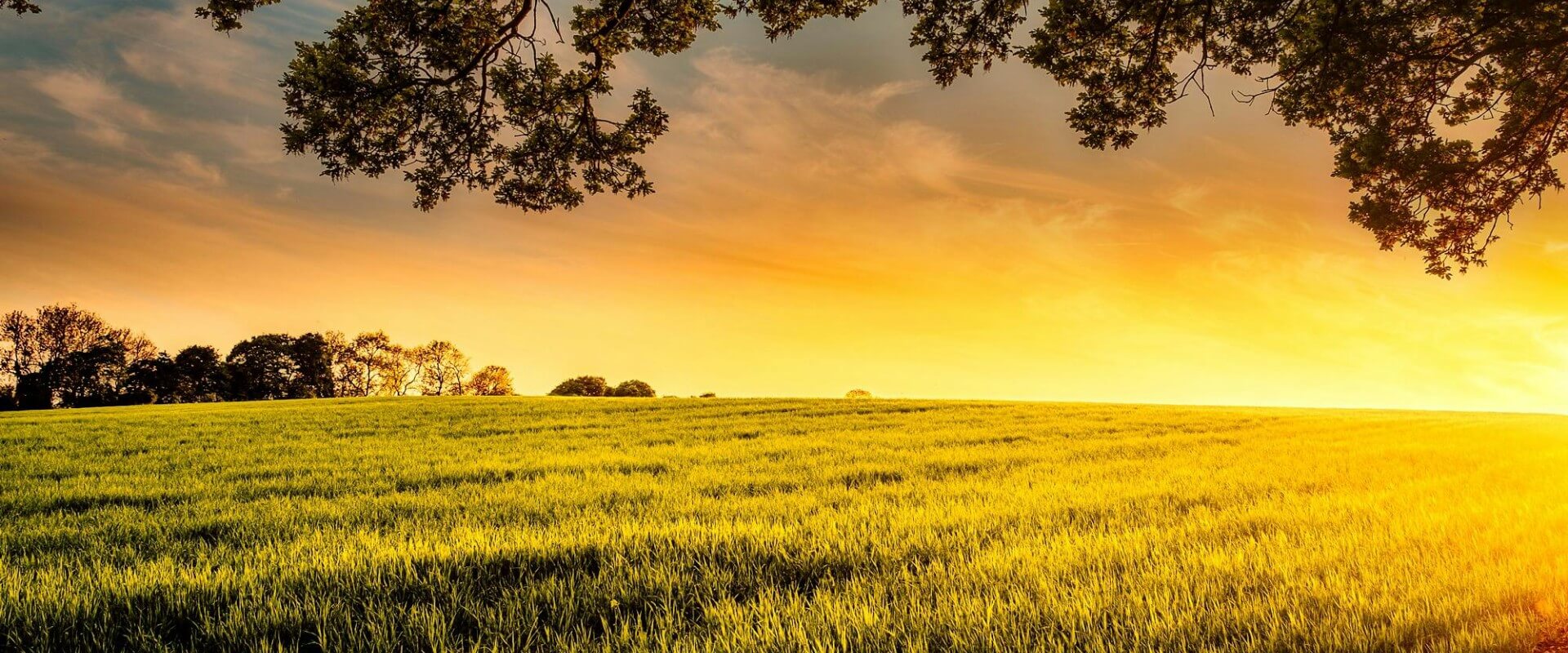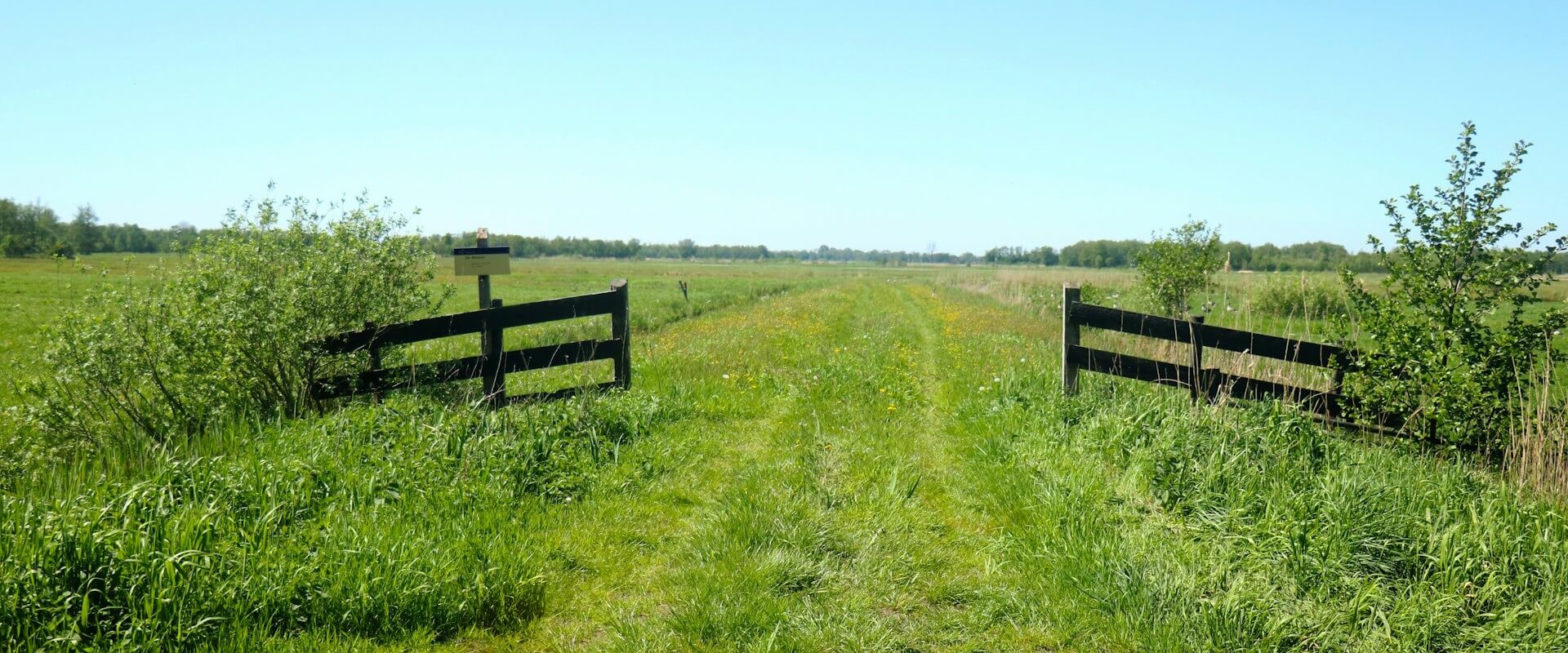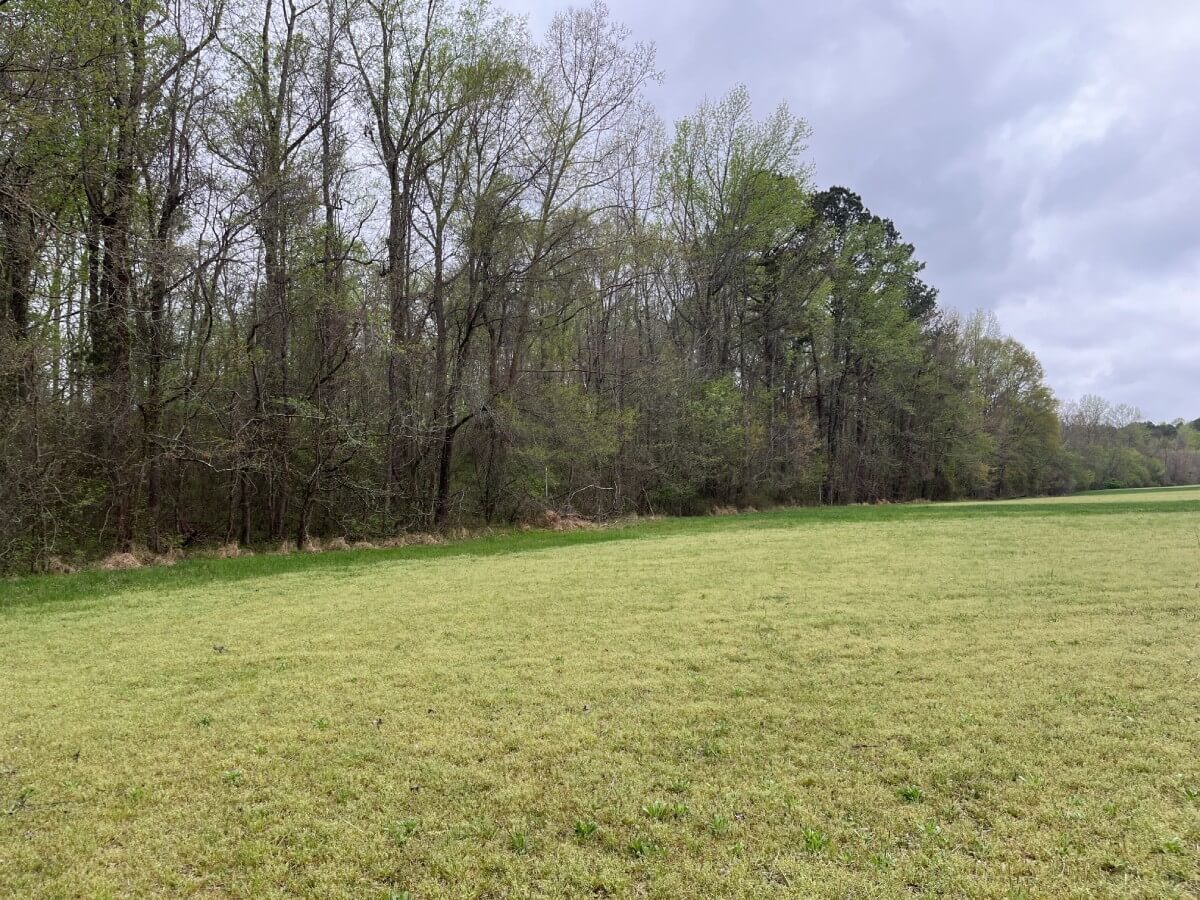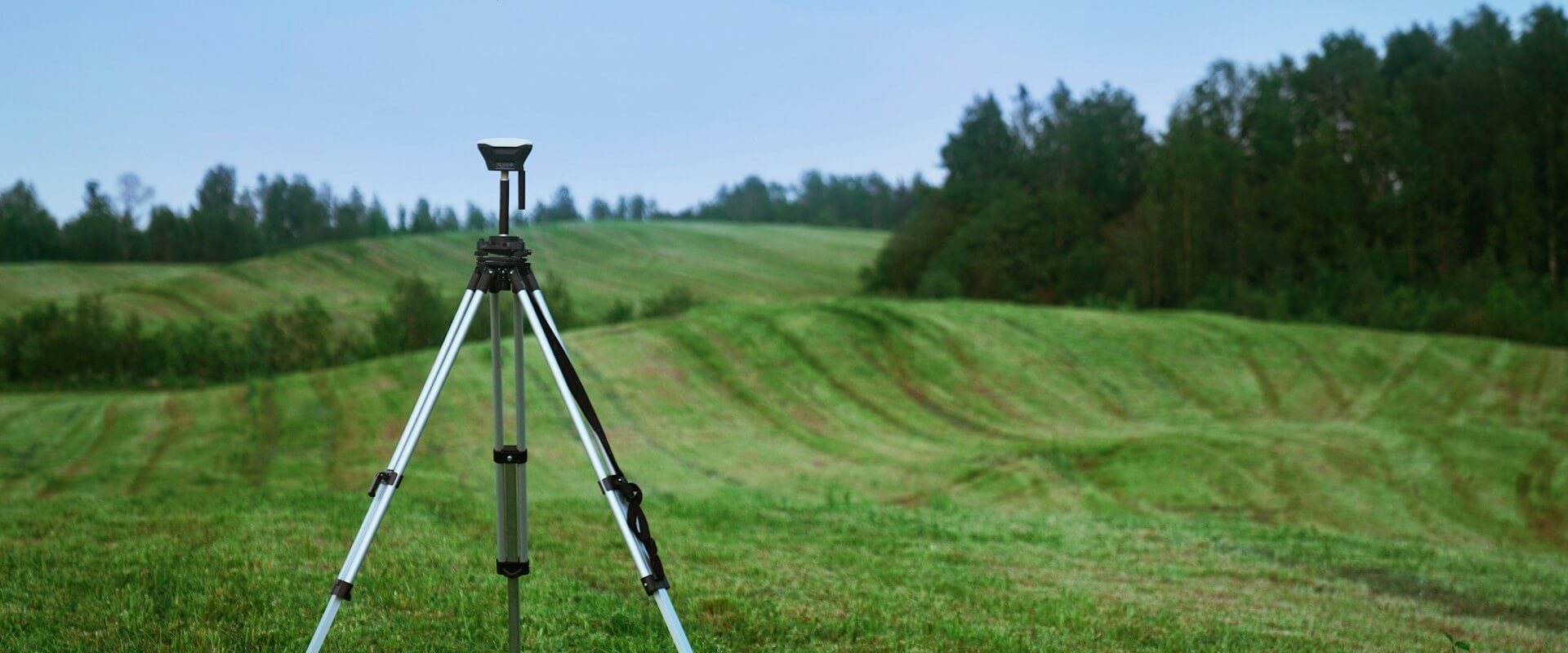At first glance, mitigation and working lands may not seem compatible. People might believe that conducting stream and wetland mitigation work adjacent to working lands will reduce or limit agricultural production. If planned correctly, mitigation can actually enhance working lands and provide additional financial benefits to the landowner.
Mitigation
Mitigation refers to actions taken to reduce or offset negative impacts on the environment resulting from development and conversion of natural lands. These corrective actions can include habitat restoration; stream/wetland restoration, enhancement or preservation; carbon sequestration; and many other actions that can mitigate negative impacts to the environment.
For example, if a wetland is drained and filled for construction, mitigation may involve restoring or preserving another wetland to compensate for the loss. The goal is to ensure environmental loss is minimized or in some cases improved through the mitigation offset process.
Mitigation on Working Lands
While enacting mitigation for habitat, stream or wetland mitigation can require conversion of working lands to these more natural systems, conducting mitigation adjacent to working lands along stream corridors and wetland areas is where mitigation and working lands practices can co-exist. Often restoring and protecting these aquatic resource areas can help prevent erosion; increase flood protection; and improve water quality and quantity. These areas also attract wildlife and can be seen as great recreational resources on working lands.
Often over time, riparian and wetland areas on farms and ranches become somewhat degraded in terms of their ecological and hydrological function. Restoration and enhancement from mitigation practices can bring back these areas and help create a mosaicked landscape that can support agricultural production, wildlife habitat and ecological/hydrologic function.
Perhaps the greatest benefit to restoring and enhancing aquatic resources on working landscapes are the potential improvements in erosion control, water quality, water quantity, and outdoor recreation opportunities.
Erosion Control
A vegetative buffer is an area (usually consisting of grasses, shrubs, and trees) along the margins of rivers, streams, wetlands, or other water bodies. These buffers provide several benefits for erosion control including;
- Slows down runoff: The vegetation slows the speed of water runoff from fields and grazing areas, reducing the force with which it reaches water bodies. This limits the amount of valuable soil that erodes and washes into the waterways.
- Traps sediment: The roots of plants in vegetative buffers act like a filter, trapping soil particles and preventing them from being carried away by water.
- Stabilizes streambanks: Deep-rooted plants like trees and shrubs help bind the soil along streambanks, making them more resistant to erosion from flowing water.
Water Quality
Wetlands and riparian buffers on working lands offer numerous water quality benefits by acting as natural filters and regulators. These ecosystems improve the quality of water both on the ranch or farm and for downstream communities and users in several key ways:
- Nutrient Retention: Wetlands and riparian buffers absorb excess nutrients, such as nitrogen and phosphorus, from agricultural runoff (which often comes from fertilizers). These nutrients are absorbed by plants or converted by microbes into less harmful forms. This prevents nutrient overload in nearby waterways, reducing the risk of eutrophication (algae blooms and dead zones).
- Sediment Filtration: Wetlands and riparian buffers slow down water flow, allowing suspended sediments to settle before they can enter rivers and lakes. This reduces turbidity (cloudiness) in water, which can otherwise harm aquatic life by blocking sunlight or clogging fish gills.
- Pollutant Breakdown: Wetlands host a variety of microorganisms that can break down or neutralize pesticides, herbicides, and other harmful chemicals in runoff. This helps prevent these pollutants from contaminating larger water systems.
- Floodwater Filtration: During flooding, wetlands store and slowly release water, which helps dilute and disperse pollutants. This mitigates the impact of farm runoff on downstream water bodies.
- Temperature Regulation: Shade from trees and shrubs in riparian buffers helps maintain cooler water temperatures in nearby streams. Cooler water holds more oxygen, which is crucial for the health of fish and other aquatic organisms.
Water Quantity & Flood Control
Wetlands and riparian buffers on working lands play significant roles in managing water quantity by helping regulate the flow and distribution of water. These natural systems are crucial in controlling both the amount of water that moves across the landscape and how it is stored and released over time. Here’s how each contributes to water quantity management:
- Flood Control: Wetlands act as buffers during heavy rains and floods. They absorb large amounts of water, reducing the speed and volume of runoff flowing across farmland. This lessens the risk of downstream flooding and prevents soil erosion, protecting farmland, ranchland, and nearby communities.
- Water Storage: Wetlands and riparian bufffers can retain excess water from rainfall, snowmelt, or irrigation, storing it temporarily and releasing it slowly. This controlled release prevents flash flooding and helps maintain steady water flow in rivers and streams during dry periods.
- Groundwater Recharge: By holding water, wetlands allow it to slowly percolate into the soil, replenishing groundwater aquifers. This contributes to long-term water availability, which is particularly important for agriculture during droughts or dry seasons.
- Water Supply Regulation: Wetlands help to moderate water availability by maintaining stream flow during dry periods, as they release stored water gradually. This ensures that there is a more consistent water supply for farms, livestock, and irrigation needs.
- Slowing Surface Runoff: Riparian buffers reduce the speed of surface runoff from rainfall or irrigation. The vegetation absorbs and holds water, preventing it from quickly rushing into nearby water bodies. This reduces the risk of flash floods and erosion and increases water infiltration into the soil.
Outdoor Recreation
Wetlands and riparian buffers on working lands offer significant recreational value, which can enhance both the ecological and economic aspects of agricultural landscapes. These natural areas provide opportunities for various outdoor activities, attract wildlife, and contribute to the aesthetic beauty of the land. Here's how they add recreational value:
- Hunting: Wetlands and riparian buffers on working lands provide valuable hunting opportunities, attracting a variety of game species and offering a unique environment for hunters.
- Diverse Habitats: Wetlands and riparian buffers are home to a wide variety of birds, mammals, amphibians, and insects, making them prime locations for wildlife watching. Birdwatching, in particular, is a popular activity in these areas, attracting enthusiasts who appreciate the biodiversity these ecosystems support.
- Healthy Aquatic Ecosystems: Wetlands and riparian buffers help maintain the health of streams, rivers, and ponds by improving water quality and regulating water temperature. This creates ideal conditions for fish populations, which in turn supports recreational fishing.
Financial Benefits
Mitigation of wetlands and riparian buffers can generate credits which can be sold on the open market. For more information about how credits are generated and sold, please contact a stream/wetland mitigation company in your area.
Conclusion
In summary, wetlands and riparian buffers are vital for improving water quality and quantity, controlling soil erosion, supporting biodiversity, enhancing agricultural resilience, and providing recreational opportunities. Their preservation and restoration are essential for sustainable farming practices and the health of surrounding communities.
Conserving working lands and associated aquatic ecosystems is essential for protecting our community’s long term food supplies and ecological diversity, and you can help make a difference. By supporting Unique Places to Save, you’re directly contributing to conservation of working lands and natural resources that benefit all of us. Your efforts help ensure these systems continue to provide healthy food, clean water, fertile soil, and habitats for countless species.
About the Author
Michael brings nearly 20 years of experience to his role as Trusted Conservation Advisor at Unique Places to Save. He has worked to conserve over 200,000 acres across the U.S. while securing over $200M in funding and transacting $500M in land and other real estate.
Learn MoreWe are a trusted partner for owner of working lands for conservation mitigation opportunities
Learn More

